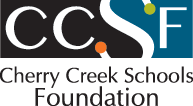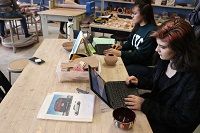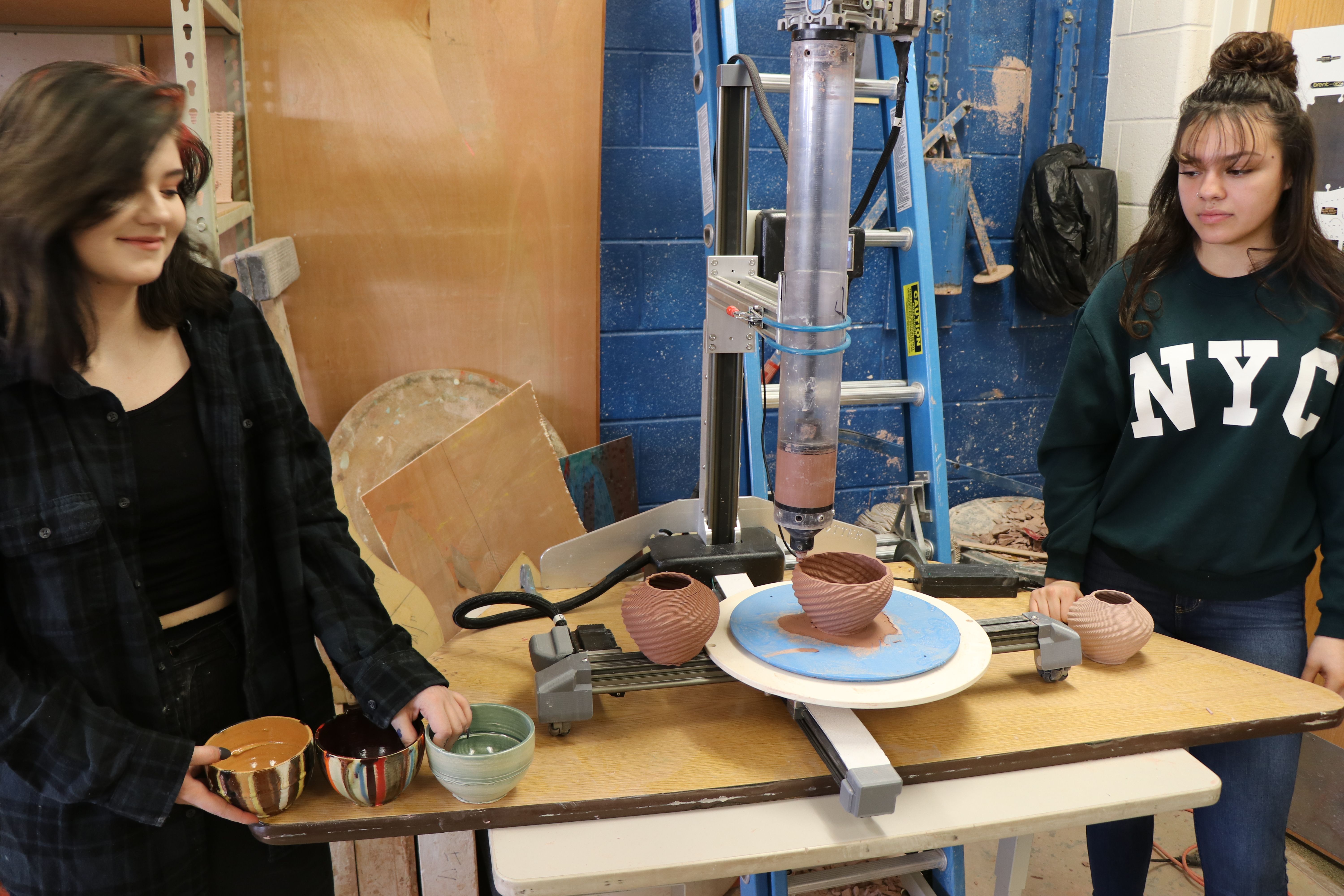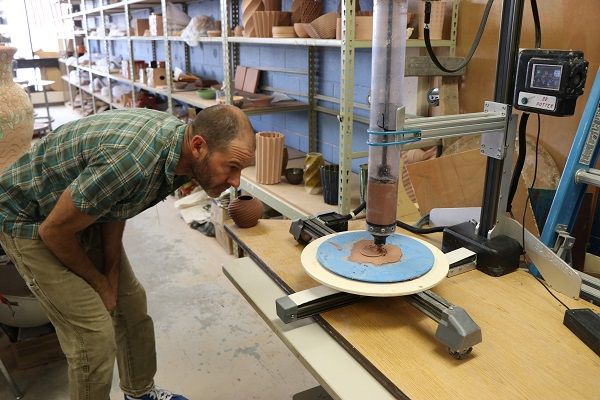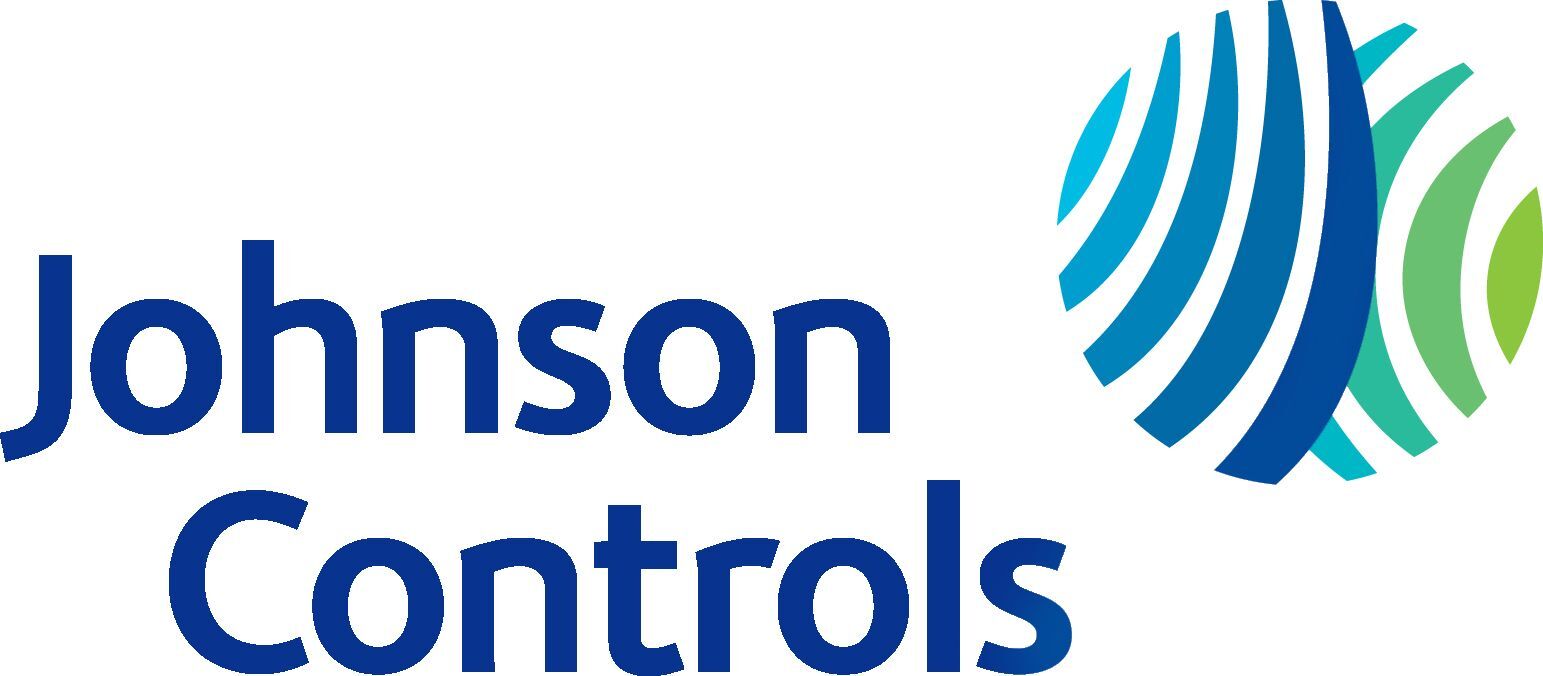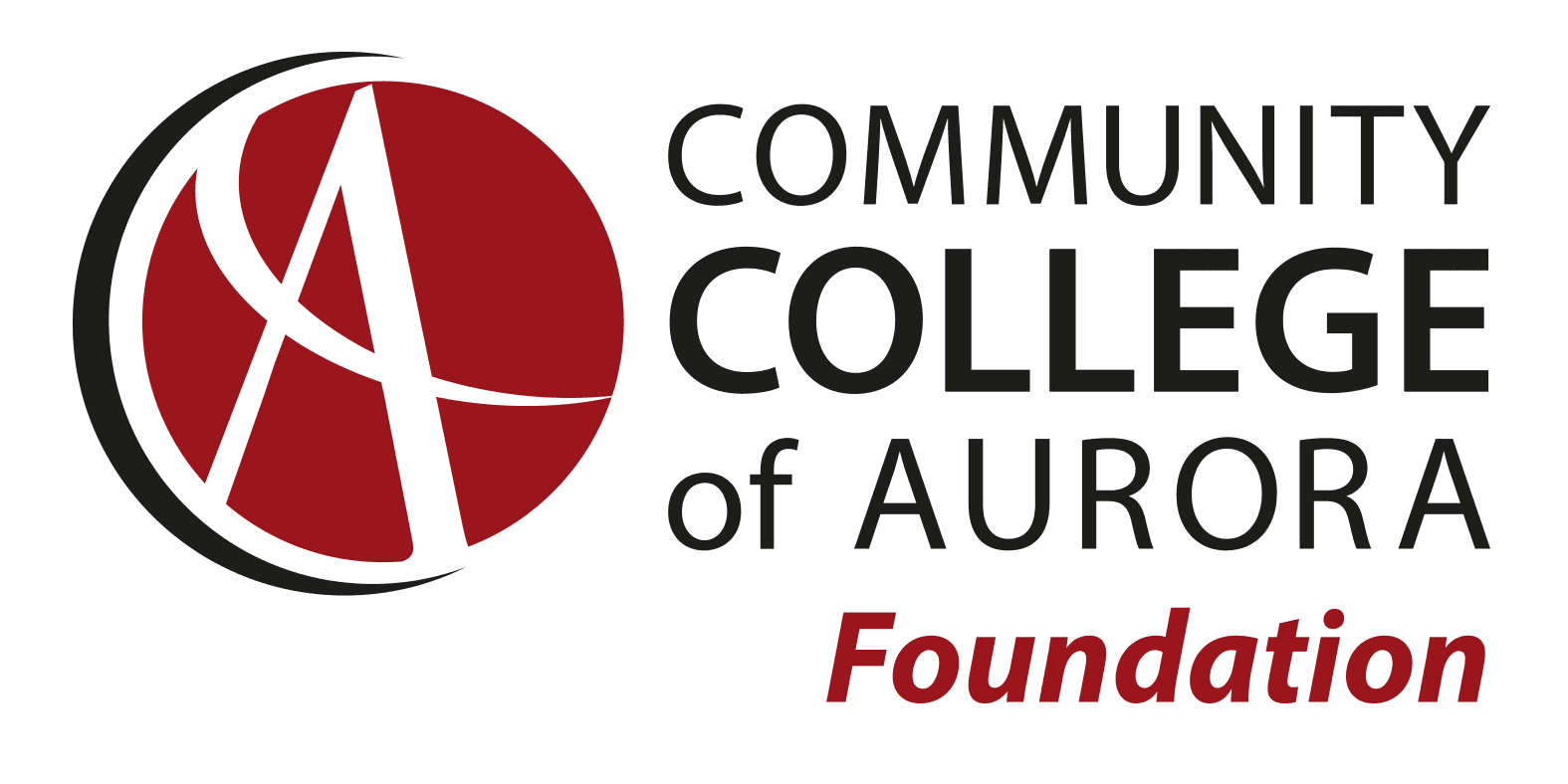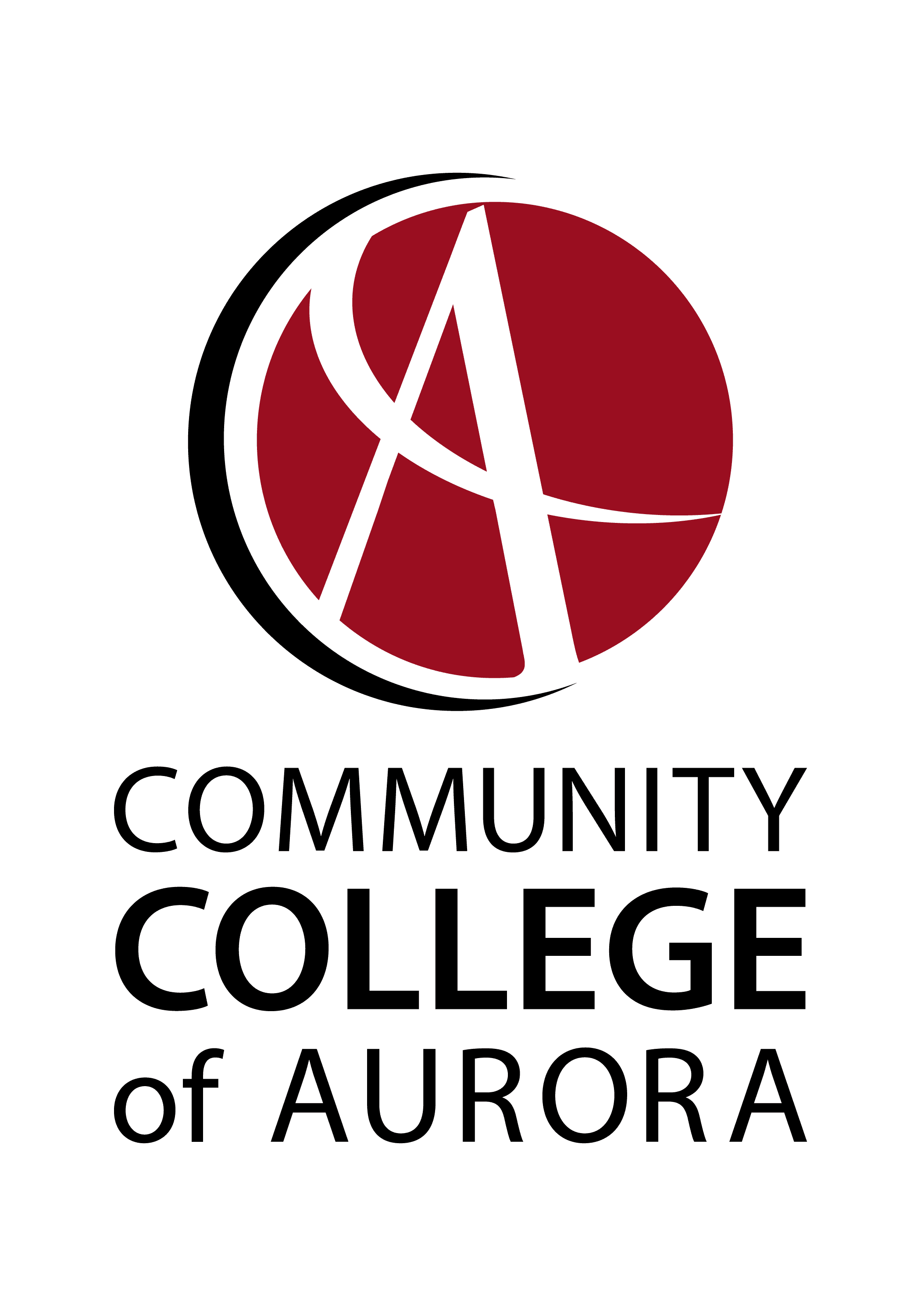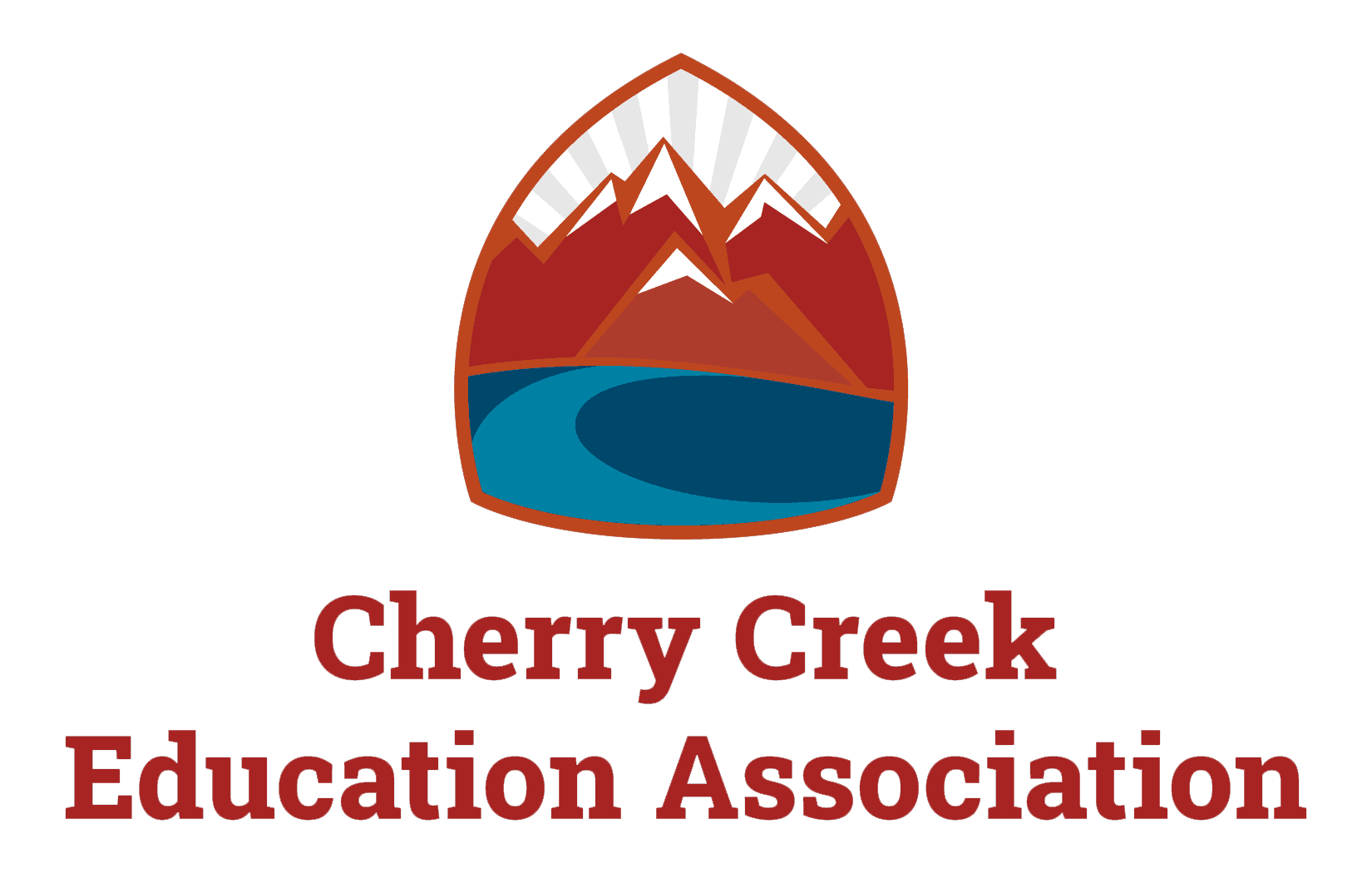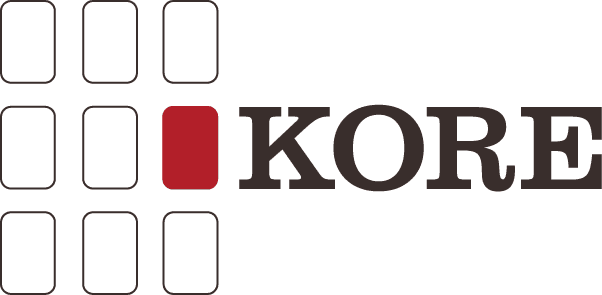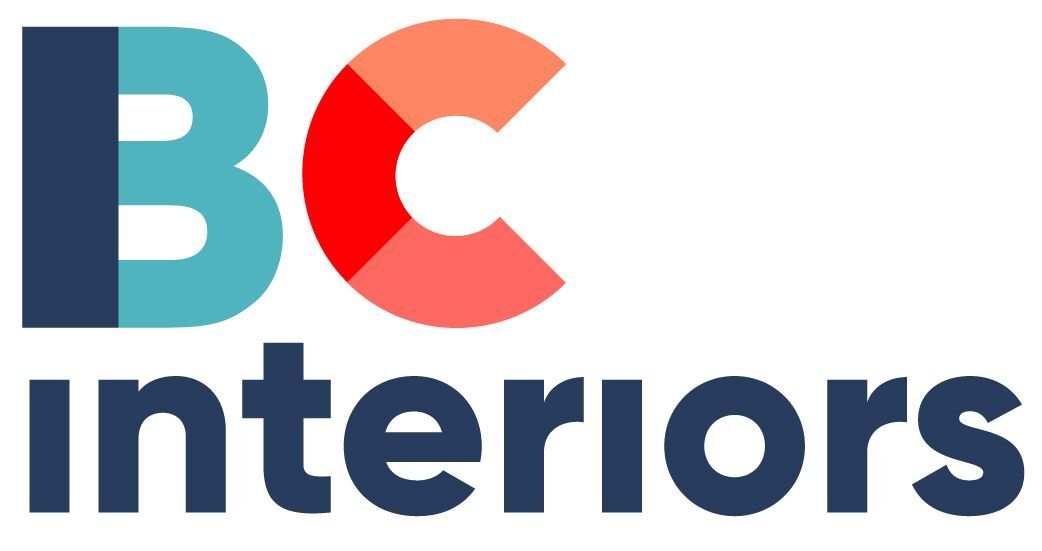Smoky Hill High School marries visual arts, cutting-edge technology with help from Foundation grant
Emily Walton was a purist.
The 15-year-old Smoky Hill High School sophomore was completely sold on the tried-and-true approach to making pottery and crafting ceramics, the same method that's served artists' purposes for thousands of years.
The arrival of a new piece of technology in the Smoky Hill pottery studio earlier this year shifted Walton's loyalties, if only a bit. The new 3-D Potter incorporates 21st-century innovation and ingenuity into the artistic process, drawing on the same principles as its kindred tool, the 3-D printer. Instead of plastic, the 3-D Potter works in clay, drawing on designs finalized in computer software to construct instant works of beauty.
Walton quickly found ways to fuse an ancient craft with state-of-the-art tools.
"It's interesting to bring technology, which is more clean-cut, and art, which is more organic, together," said Walton, who showed off several pieces of finished pottery that had been designed and constructed using the 3-D Potter software and hardware. "I've always enjoyed art, and I never imagined technology or software to be a part of it. Incorporating that into something I already enjoyed made me have a new appreciation for it."
That fusion of the worlds of art and technology was part of what drove Smoky Hill visual arts teacher Joshua Teplitzky to secure the 3-D Potter tool for his students. Teplitzky, whose interest in the tool was first sparked at a national pottery conference, realized that the tool had the potential to appeal to a wide array of students. Those rooted in the world of traditional visual arts could find a bridge to Science, Technology, Engineering and Mathematics (STEM), while those students more oriented towards tech could discover a way to tap into their creativity.
"Fine arts hadn't had any tools like this until relatively recently. This felt like a really exciting avenue for me to get tech to kids and get students involved," Teplitzky said. "This is pretty specific and interesting. You have to be pretty into clay to make sure that this happens," he added, pointing to the firing, glazing and other steps that occur after the initial clay piece is constructed with the 3-D Potter tool. "Unlike 3-D printing with plastic or resins, we have so much process involved."
Specifically, the tool offered students the opportunity to have a hand in technology that's still in its formative stages. Teplitzky and his student have worked closely with the designers of the tech, exchanging feedback and sharing results with UC Berkeley Professor Ronald Rael, who had played a major role in developing the software and hardware.
"We worked with him, we developed the ideas, he let us use the program and he pushed us to do more than we thought we could do," Teplitzky said.
Teplitzky had help in bringing this cutting-edge technology to the students. Teplitzky submitted an application for an Educator Initiative Grant from the Cherry Creek Schools Foundation, and was approved for the funds. The Foundation's EIGs are made available to educators every year, and are designed to support projects across the district in every discipline. The funds also reflect the core mission of the CCSF, which is dedicated to funding opportunities for all students in the district in innovative ways and helping build partnerships within the community.
"If I have a good idea, there's money available from the Foundation," he said. "They support me, and they support my students."
This specific grant has offered support to students of all interests, whether they be rooted in the world of tech or the world of visual arts. The 3-D Potter may be a relatively new tool, but Smoky Hill students like Walton have already found ways to combine ancient processes and innovative machinery. Even as the tech invites students to design and execute concepts within a computer program, it still leaves them plenty of room to get their hands dirty.
"Students can still glaze and experiment and work in their aesthetic and develop their ideas. It's so new," Teplitzky said. "The students have jumped in, and they've started working with the tech immediately."


